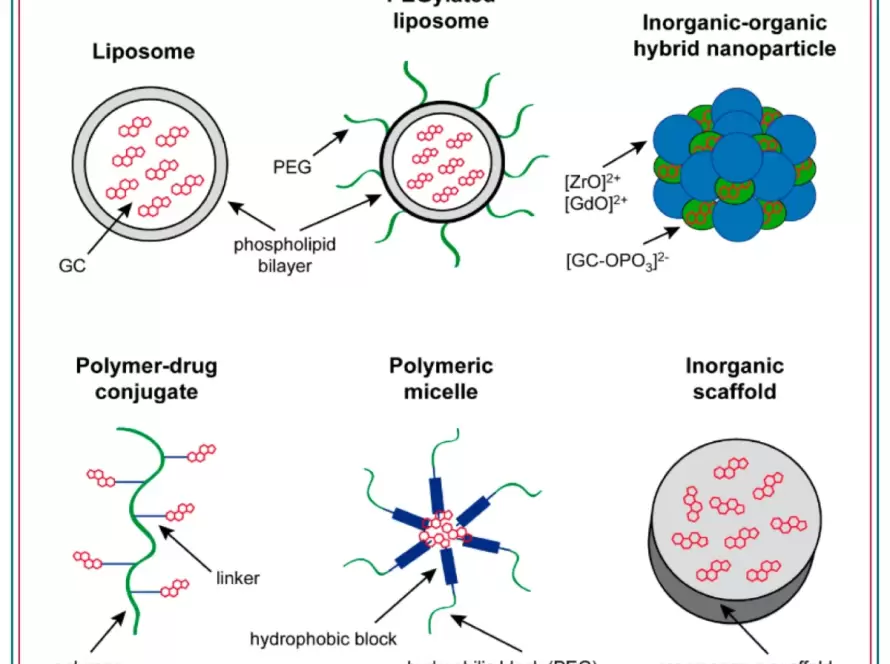The mainstay of drug development is based on 3 parameters such as quality, efficacy and safety. In the last few blogs we discussed the important quality and nonclinical safety aspects as per the ICH guidelines. Today we will focus on the efficacy guidelines that are determined by the evaluation of the clinical efficacy and safety of the new drug for its intended therapeutic indications. Thus the main goal of the ICH efficacy recommendations is to create generally recognized benchmarks and criteria for proving the effectiveness of novel medications and guaranteeing their safety. The efficacy section of the ICH’s work focuses on the planning, execution, safety, and reporting of clinical studies. It also takes into account the evaluation of the new drug in comparison with the standard recommended treatment in the clinical practice. Thus, the new drug should be compared in the real-clinical setting in comparison with the currently applied standard of care treatment to the patients. These guidelines are not limited to chemically-derived new drugs but also to the development of novel medicines through biotechnological procedures, pharmacogenetics and pharmacogenomics development of targeted therapies. Hence, the efficacy guidelines cover various aspects of drug development, including the choice of study populations, trial endpoints, statistical analysis, and ethical considerations in clinical trials, pharmacokinetics (how the body processes a drug) and pharmacodynamics (how a drug affects the body) of a new drug. Prior to this the nonclinical safety studies in animals to assess potential risks and safety profiles of new drugs before they are tested in humans is evaluated. ICH guidance also provides norms for pediatric studies to ensure that drugs are appropriately studied and labeled for use in children and studies in other special populations such as geriatrics, pregnant women etc. The reporting of safety information during clinical trials and post-marketing surveillance, standardized format and content of drug labeling information is very well documented in the ICH guidance document. It is intended to ensure the importance of safety and efficacy information and present clear guidance to healthcare professionals and patients. Here, we present the main titles of the various efficacy parameters considered by the ICH guidance during the clinical development.
E1 – Clinical Safety for Drugs used in Long-Term Treatment
E1- The Extent of Population Exposure to Assess Clinical Safety for Drugs Intended for Long-Term Treatment of Non-Life Threatening Conditions
E2A – E2F Pharmacovigilance
E2A- Clinical Safety Data Management: Definitions and Standards for Expedited Reporting
E2B(R3)- Clinical Safety Data Management: Data Elements for Transmission of Individual Case Safety Reports (ICSRs)
E2B(R3) Q&As- Clinical Safety Data Management: Data Elements for Transmission of Individual Case Safety Reports
E2B(R3)- EWG/IWG Electronic Transmission of Individual Case Safety Reports (ICSRs)
E2C(R2)- Periodic Benefit-Risk Evaluation Report
E2C(R2) Q&As- Questions & Answers: Periodic Benefit-Risk Evaluation Report
E2D- Post-Approval Safety Data Management: Definitions and Standards for Expedited Reporting
E2D(R1) EWG- Post Approval Safety Data Management: Definition and Standards for Expedited Reporting
E2E- Pharmacovigilance Planning
E2F- Development Safety Update Report
E3 – Clinical Study Reports
E3- Structure and Content of Clinical Study Reports
E3 Q&As (R1)- Questions & Answers: Structure and Content of Clinical Study Reports
E4 – Dose-Response Studies
E4- Dose-Response Information to Support Drug Registration
E5 – Ethnic Factors
E5(R1)- Ethnic Factors in the Acceptability of Foreign Clinical Data
E5 Q&As (R1)- Questions & Answers: Ethnic Factors in the Acceptability of Foreign Clinical Data
E6 – Good Clinical Practice
E6(R2)- Good Clinical Practice (GCP)
E6(R3) EWG- Good Clinical Practice (GCP)
E7- Clinical Trials in Geriatric Population
E7- Studies in Support of Special Populations: Geriatrics
E7 Q&As- Questions & Answers: Studies in Support of Special Populations : Geriatrics
E8 – General Considerations for Clinical Trials
E8(R1)- General Considerations for Clinical Studies
E9 – Statistical Principles for Clinical Trials
E9- Statistical Principles for Clinical Trials
E9(R1)- Addendum: Statistical Principles for Clinical Trials
E10 – Choice of Control Group and Related Issues in Clinical Trials
E10- Choice of Control Group and Related Issues in Clinical Trials
E11 – E11A Clinical Trials in Pediatric Population
E11(R1)- Addendum: Clinical Investigation of Medicinal Products in the Pediatric Population
E11A EWG- Paediatric Extrapolation
E12 – Clinical Evaluation by Therapeutic Category
E12- Principles for Clinical Evaluation of New Antihypertensive Drugs
E14 – Clinical Evaluation of QT
E14- The Clinical Evaluation of QT/QTc Interval Prolongation and Proarrhythmic Potential for Non-Antiarrhythmic Drugs
E14 Q&As (R3)- Questions & Answers: The Clinical Evaluation of QT/QTc Interval Prolongation and Proarrhythmic Potential for Non-Antiarrhythmic Drugs
E14/S7B IWG- Questions & Answers: Clinical and Nonclinical Evaluation of QT/QTc Interval Prolongation and Proarrhythmic Potential
E14/S7B DG- Questions & Answers: Clinical and Nonclinical Evaluation of QT/QTc Interval Prolongation and Proarrhythmic Potential Discussion Group
E15 – Definitions in Pharmacogenetics / Pharmacogenomics
E15- Definitions for Genomic Biomarkers, Pharmacogenomics, Pharmacogenetics, Genomic Data and Sample Coding Categories
E16 – Qualifications of Genomic Biomarkers
E16- Biomarkers Related to Drug or Biotechnology Product Development: Context, Structure and Format of Qualification Submissions
E17 – Multi-Regional Clinical Trials
E17- General principles for planning and design of Multi-Regional Clinical Trials
E18 – Genomic Sampling
E18- Genomic Sampling and Management of Genomic Data
E19 – Safety Data Collection
E19- A Selective Approach to Safety Data Collection in Specific Late-Stage Pre-Approval or Post-Approval Clinical Trials
E20 – Adaptive Clinical Trials
E20 EWG- Adaptive Clinical Trials
E21 – Inclusion of Pregnant and Breastfeeding Individuals in Clinical Trials
E21- Inclusion of Pregnant and Breastfeeding Individuals in Clinical Trials
In conclusion, ICH guidelines are not legally binding, but they are used as a reference by regulatory bodies around the world for evaluating and licensing new medications. ICH guidelines are frequently incorporated into regulatory processes by regulatory organizations such as the United States Food and Drug Administration (FDA) and the European Medicines Agency (EMA). These rules help to ensure worldwide consistency and collaboration in the pharmaceutical sector, making it easier for pharmaceutical companies to produce and market treatments across many areas ensuring patients have access to safe and effective medications. One should also refer to the special criteria set for products created using biotechnology, etc., in addition to these general efficacy guidelines.


